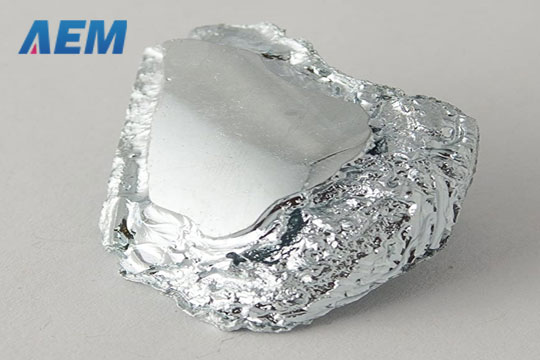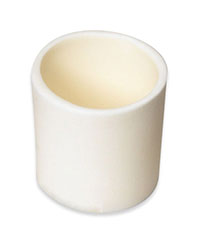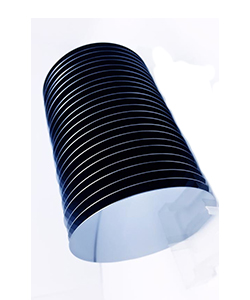Gallium (Ga) Metal


Introduction
Gallium is a silvery metal with a shiny surface and was discovered by the French chemist Lecoq de Boisbaudran in 1875. Gallium is recovered as a byproduct during alumina production. It is one of the few metals that melt just above room temperature.
Chemical Properties of Gallium
| Atomic Symbol | Ga |
|---|---|
| Atomic Number | 32 |
| Atomic Weight | 72.63 |
| Density | 5.323 g/cm3 |
| Melting Point: | 29.78℃ |
| Boiling Point | 2403℃ |
| CAS No. | 7440-55-3 |
| EINECS No. | 231-163-8 |
Specifications
| Purity | 4N-8N |
|---|---|
| Size | Shot, Ingot |
| Packing | 1 kg/Bottle or 50 g/pack |
Applications:
1. Gallium can be used to prepare III-V compound semiconductors, such as gallium nitride, gallium arsenide and gallium antimony.
2. Can be used for CIGS thin film solar materials, LED, etc
3. Gallium chloride Ultra-high purity gallium can be used in MBE process
4. Gallium and low-melt alloys can be used as heat exchange media for nuclear reaction
5. GaO as a High Purity Analytical Reagent and Semiconductor Material for the Electronic Industry
6. It can be used as filler for high temperature thermometers and as catalyst for diesterification in organic reactions.
7. Gallium trichloride can be used in MOCVD process and is used for spectroscopic analysis and organic reaction catalysts to synthesize important raw materials of organic gallium reagents
8. Trimethylgallium and triethylgallium can be used to make solar cells. The raw materials of MOCVD process are used to prepare GaAs, AsGaAl and other semiconductor compounds. Ga is a source for manufacturing electronic components such as light emitting diodes.
FREE QUOTE
 Click to download datasheet about Gallium (Ga) Metal
Click to download datasheet about Gallium (Ga) Metal
 Unable to find the required data sheet? Click here to send an email and get it.
Unable to find the required data sheet? Click here to send an email and get it.
 Click here to get answers to Frequently Asked Questions (FAQ).
Click here to get answers to Frequently Asked Questions (FAQ).














